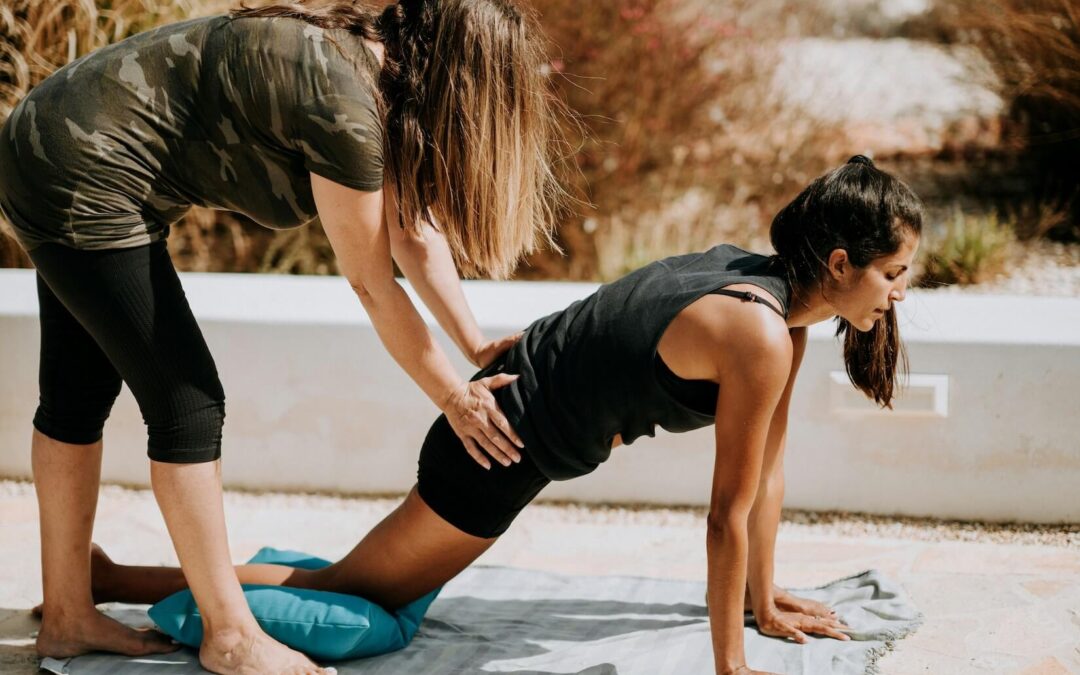In the dynamic and physically demanding world of sports, injuries are an inevitable part of the journey for many athletes. From the casual weekend warrior to the seasoned professional, the risk of injury looms as a constant challenge. However, the field of sports injury physical therapy has emerged as a beacon of hope and recovery, offering specialized care that not only heals but also empowers athletes to return to their passion with renewed strength and confidence. This comprehensive overview delves into the realm of sports injury physical therapy, unraveling its crucial role, diverse treatment strategies, and the array of common injuries it addresses.
What Is Sports Injury Physical Therapy
Sports injury physical therapy is a specialized branch of physical therapy focused on treating injuries commonly sustained during athletic activities. This form of therapy is tailored to address the unique needs of athletes and individuals who participate in sports and physical activities. The primary objectives of sports injury physical therapy include injury treatment, pain management, rehabilitation, the prevention of future injuries, and more.
- Injury Treatment: The therapy aims to effectively treat a wide range of sports-related injuries, such as sprains, strains, tendonitis, fractures, dislocations, and concussions. It involves techniques and approaches specific to the type and severity of the injury.
- Pain Management: Managing pain is a crucial aspect of this therapy, employing various methods like ice and heat therapy, electrical stimulation, and manual therapy techniques.
- Rehabilitation: Sports injury physical therapists design rehabilitation programs to help athletes regain strength, flexibility, and endurance. The goal is to ensure a safe and effective return to the pre-injury level of activity.
- Prevention of Future Injuries: Through education and training in proper techniques, equipment use, and body mechanics, physical therapists help athletes reduce the risk of future injuries.
- Performance Enhancement: In addition to injury treatment and prevention, these therapists often work with athletes to improve their overall performance by enhancing strength, agility, balance, and coordination.
- Customized Care: Recognizing that each sport has its unique challenges and each athlete has individual needs, sports injury physical therapists provide personalized care plans.
Common Sports Injuries Requiring Physical Therapy
Some injuries are more common in some sports than in others. For example, concussions are common in American football, whereas leg and foot-related injuries are seen more in soccer. Certain positions are at a higher risk of contracting some injuries as well. Quarterbacks and pitchers are more likely to develop rotator cuff injuries. That said, any of the common sports injuries listed below can happen to any athlete in any sport.
Sprains
Ligament sprains are prevalent in sports that involve sudden stops and turns, like soccer, basketball, and skiing. The most common sprains occur in the anterior cruciate ligament (ACL) in the knee and the ankle ligaments. Physical therapy for sprains focuses on reducing pain and swelling, followed by exercises to restore joint stability and strength.
Similarly, muscle strains are often seen in sports like track and field, gymnastics, and weightlifting. They range from mild pulls to severe tears. Hamstring and groin strains are particularly common. Treatment includes rest and ice initially, followed by a regimen of stretching and strengthening exercises to rehabilitate the muscle and prevent re-injury.
Injuries from Overuse
Overuse in sports can lead to tendonitis, manifesting as pain and inflammation in tendons. Tennis elbow (lateral epicondylitis) and Achilles tendonitis are typical examples. Physical therapy treatments include modalities to reduce inflammation, exercises to strengthen surrounding muscles, and techniques to improve tendon elasticity.
Common in runners and athletes in high-impact sports, shin splints cause pain along the shinbone. Therapy focuses on reducing inflammation, identifying and correcting biomechanical issues, and strengthening exercises for the lower leg.
Rotator cuff injuries often occur in sports involving overhead motions, like baseball, swimming, and tennis. These injuries can range from mild inflammation to complete tears. Therapy includes exercises to strengthen the shoulder muscles, improve range of motion, and stabilize the shoulder joint.
Commonly known as runner’s knee, this involves pain around the kneecap. It’s prevalent in sports requiring frequent knee bending. Therapy includes exercises to strengthen the muscles around the knee, improve patellar tracking, and reduce pain.
Fractures
Stress fractures are tiny cracks in a bone, often caused by repetitive force like running or jumping. They are common in athletes who participate in track and field, basketball, and gymnastics. Physical therapy for stress fractures involves activity modification, strengthening exercises, and strategies to avoid recurrence.
Fractures and dislocations are frequent in high-contact sports like football, hockey, and martial arts. Rehabilitation post-fracture or dislocation focuses on restoring movement, strength, and function. This often involves guided exercises, joint mobilization, and a gradual reintroduction to sports-specific activities.
Physical Therapy Treatments for Sports Injuries
From the foundational exercise therapy that rebuilds strength and function to the nuanced practices of manual therapy and electrotherapy for pain relief and healing, each method below plays a critical role in an athlete’s recovery. These treatments collectively work towards a singular goal: to ensure a safe, effective, and enduring return to athletic performance while also focusing on injury prevention and overall physical health enhancement.
Exercise Therapy
Exercise therapy is the cornerstone of sports injury rehabilitation. It includes strength training, flexibility exercises, and endurance activities. Therapists tailor exercises to target specific muscles and joints affected by the injury, gradually increasing intensity to rebuild strength and function.
Exercise therapy can be used in tandem with neuromuscular reeducation, which involves retraining the body to move in safe, efficient patterns to prevent re-injury. It includes balance training, coordination exercises, and gait training, especially important for athletes recovering from lower limb and spinal injuries.
Hydrotherapy is also another form of exercise therapy that uses water resistance and buoyancy. Hydrotherapy is beneficial for early-stage rehabilitation when weight-bearing activities might be restricted. It allows for gentle, controlled movement, which is crucial for joint injuries and post-surgery rehabilitation.
Massage Therapy and Taping
For a more hands-on approach, there is manual therapy. Techniques like massage, joint mobilization, and soft tissue mobilization help relieve pain, reduce swelling, increase range of motion, and improve tissue extensibility. These hands-on techniques are particularly effective in the early stages of rehabilitation.
Physical therapists may use braces or tape to provide support, reduce strain on injured areas, and prevent abnormal movements during the healing process. This can be particularly useful for joint injuries like ankle sprains or knee injuries.
Alternative Physical Therapies
There are also therapies that require little input from the patient, such as electrotherapy. This technique involves using technologies like Transcutaneous Electrical Nerve Stimulation (TENS), ultrasound, and laser therapy to provide pain relief and stimulate the healing process at the cellular level. They can accelerate tissue repair, reduce inflammation, and decrease pain sensations.
Dry needling and acupuncture can be used to relieve muscle tension and pain. Dry needling involves inserting thin needles into trigger points, while acupuncture targets specific points along the body’s meridians.
The application of ice packs and heat pads can be an effective adjunct to reduce pain, swelling, and muscle spasms. Cold therapy is usually used immediately after an injury, while heat is often applied in the later stages of rehabilitation. This kind of therapy can be done at home as well, allowing patients an option for quick relief when they need it most.
Denver’s Sports Injury Physical Therapy Experts
Sports injury physical therapy stands as an indispensable pillar in the athletic world, providing much-needed expertise and care for those sidelined by injuries. Physical therapists, armed with a diverse arsenal of techniques and a deep understanding of athletic needs, play a pivotal role in guiding athletes through the journey of recovery. Their work ensures not just a return to the field but an opportunity for athletes to come back stronger, more aware, and better equipped to tackle the physical demands of their sports.
With the help of our expert physical therapists at Total Physical Therapy, a leading physical therapy clinic in Denver, you can get back to the sport you love. Whether it’s a fracture or an ache that just won’t go away, you can count on us to find the source of your discomfort and create a customized treatment. Schedule an appointment now to start the process of recovery as soon as possible.




